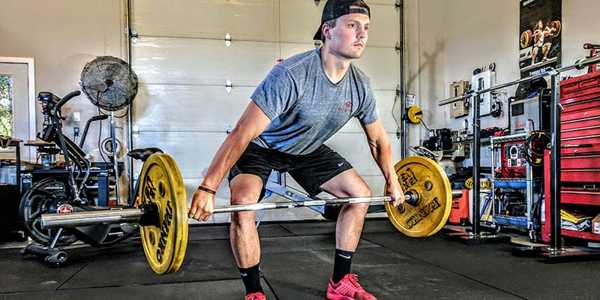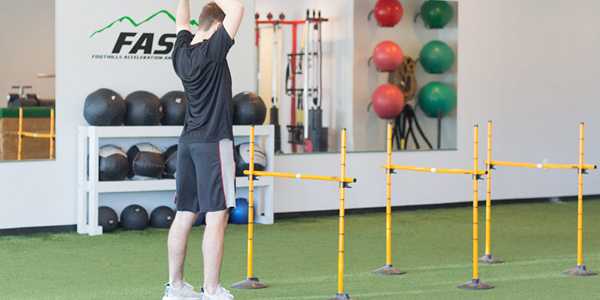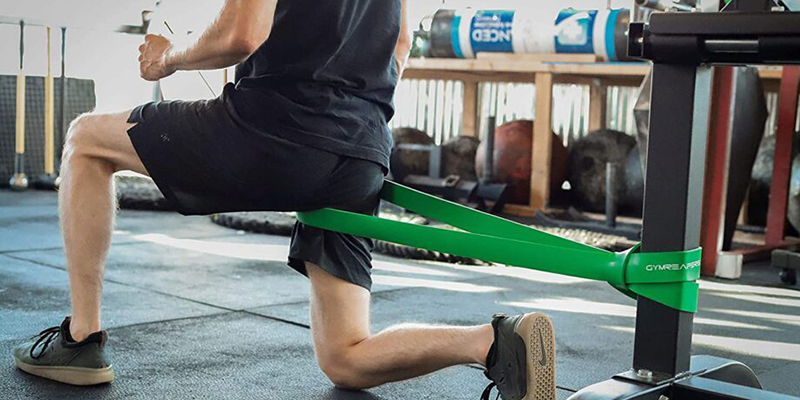Why Functional Fitness Is Taking Over Traditional Workouts
In gyms and fitness studios worldwide, a shift is happening. Rows of machines and endless cardio routines are being replaced by open spaces for kettlebells, resistance bands, and bodyweight exercises. This change stems from the rise of functional fitness—a style of training that focuses on real-world movements over isolated muscle exercises. Unlike traditional workouts that often emphasize aesthetics, functional fitness is about building strength, flexibility, and coordination to make everyday activities easier and safer.
This approach appeals to a growing number of people questioning whether looking fit equals being truly healthy. Functional fitness offers practicality and purpose, transforming the way we think about exercise. But why is it taking over traditional workouts? To understand, we need to examine what sets it apart, its benefits, and why it resonates so deeply with today’s fitness culture.
What Is Functional Fitness?
Functional fitness is all about training your body for real-world movements. Imagine bending down to pick up a heavy grocery bag or twisting to reach something on a high shelf. These are everyday motions that require strength, flexibility, and coordination. Functional fitness programs focus on exercises that mimic these actions. Instead of isolating specific muscles, functional workouts engage multiple muscle groups at once, improving overall body mechanics.
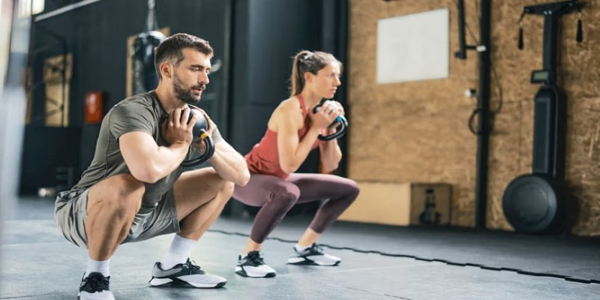
For example, a traditional gym session might include bicep curls on a machine. In a functional fitness setting, you might perform a deadlift or kettlebell swing, which works your arms, core, back, and legs all at once. It’s a more holistic approach that recognizes the body as an interconnected system.
The roots of functional fitness can be traced to physical therapy, where patients perform targeted exercises to regain the ability to perform daily activities. Over time, this approach found its way into mainstream fitness because of its versatility and applicability to all ages and fitness levels. Whether you're an athlete, an office worker, or a retiree, functional fitness meets you where you are.
Why Traditional Workouts Are Losing Ground?
For decades, traditional workouts dominated the fitness world. Bodybuilding routines, cardio-focused regimens, and machine-based exercises were seen as the standard. These methods certainly have their place, but they often fail to address the full spectrum of human movement. Traditional gyms tend to emphasize aesthetics—sculpting muscles for a certain look—over functional strength or mobility.
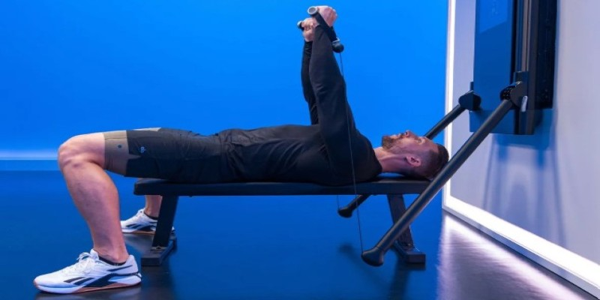
One of the biggest criticisms of traditional workouts is their lack of real-world application. Leg presses, for instance, build strength in your legs, but they don’t replicate the motion of standing up, walking, or jumping. Similarly, running on a treadmill is excellent for cardiovascular health but does little to improve balance or coordination.
Another issue is monotony. Many people find traditional gym routines repetitive and uninspiring, which can lead to burnout or lack of motivation. Functional fitness, on the other hand, is inherently varied. No two workouts are the same, and the emphasis on movement keeps things dynamic and engaging.
The Benefits Of Functional Fitness
One of the most significant advantages of functional fitness is its focus on injury prevention. By mimicking natural movements, it strengthens muscles, joints, and ligaments in ways that reduce the risk of injury during daily activities. This makes it especially valuable as we age when maintaining mobility and stability is crucial.

Another major benefit is core strength. Functional exercises often require the use of your core to stabilize your body, improve posture, and reduce back pain. Over time, this leads to better alignment, balance, and overall body mechanics.
Flexibility and mobility are also enhanced through functional fitness. Traditional weightlifting can sometimes result in stiffness, as it isolates specific muscle groups. Functional workouts, by contrast, emphasize full-body movements that keep the body agile and adaptable.
Perhaps the most practical benefit is how it prepares you for real life. Whether you’re lifting a child, carrying groceries, or twisting to reach a shelf, functional fitness makes these tasks easier and safer. It’s training for life, not just for the gym.
Why Functional Fitness Appeals To Everyone?
Functional fitness has gained popularity partly because of its inclusivity. Unlike trends that cater to specific demographics, functional fitness is for everyone. Exercises can be modified to suit all fitness levels, from beginners to advanced athletes. This adaptability makes it less intimidating than traditional gym environments.
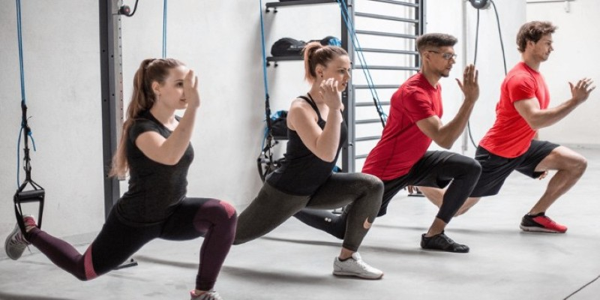
Group-based classes, like CrossFit and boot camps, have also helped popularize functional fitness. These programs combine high-intensity training with a sense of community, making workouts social and motivating. The camaraderie in these classes encourages participants to stick with their fitness journey.
Time efficiency is another major draw. Functional fitness workouts are typically shorter but more intense than traditional routines, delivering results in less time. In today’s busy world, this appeals to people balancing work, family, and other responsibilities.
The Philosophy Behind The Movement
The rise of functional fitness reflects a broader shift in how we think about health and exercise. It’s no longer about striving for an idealized body or achieving arbitrary goals like lifting a certain weight. Instead, the focus is on creating a body that feels strong, capable, and ready for life’s demands.
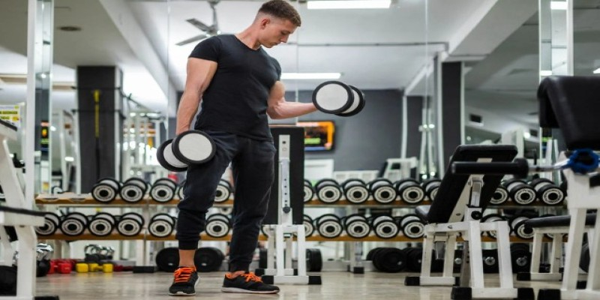
This approach also aligns with a growing emphasis on mental health. Functional fitness often incorporates mindfulness, with an emphasis on quality of movement over quantity. This makes it not just a physical practice but a holistic one, connecting the mind and body in meaningful ways.
The philosophy of functional fitness encourages a healthier relationship with exercise. It’s about celebrating what your body can do rather than how it looks, shifting the focus from aesthetics to function and well-being.
Conclusion
Functional fitness isn't just a trend—it's a smarter, more effective way to approach health and exercise. Emphasizing natural movements and whole-body strength fills the gaps left by traditional workouts. Its accessibility, versatility, and practicality make it appealing to people of all ages and fitness levels.
As more people discover the benefits of functional fitness, its popularity continues to grow. It’s not about chasing perfection or adhering to outdated gym routines—it’s about reclaiming the ability to move and thrive in daily life. For those seeking a meaningful, engaging, and sustainable way to stay fit, functional fitness offers a compelling answer.
